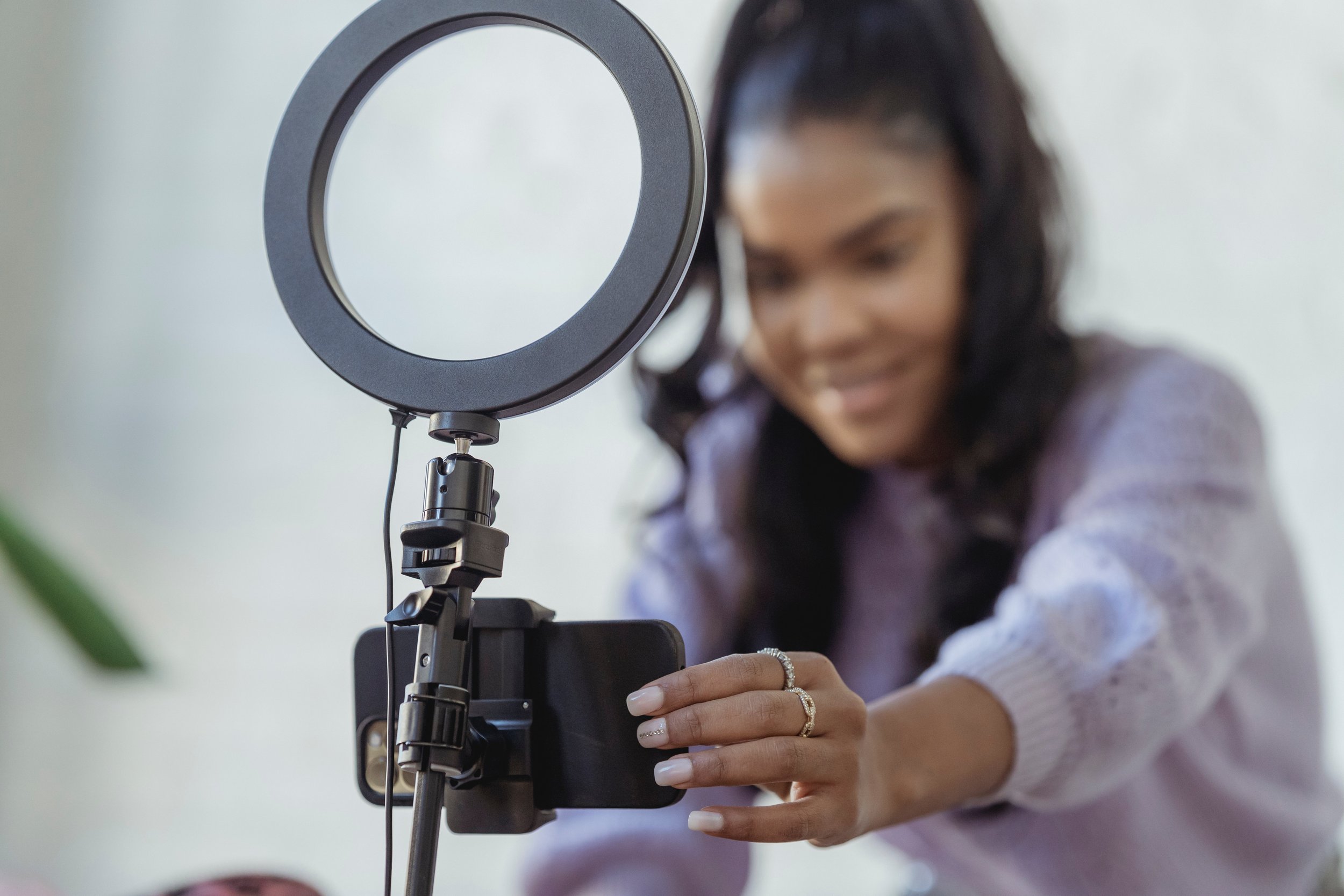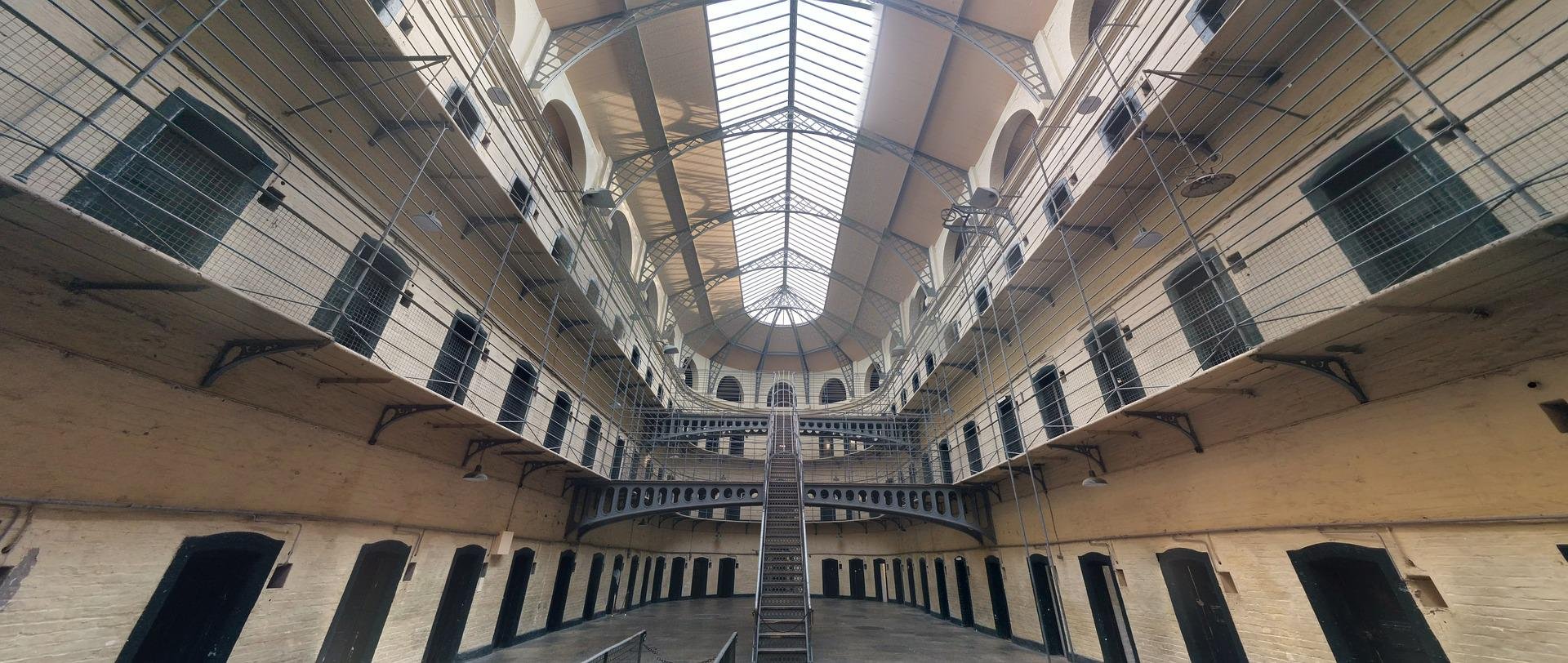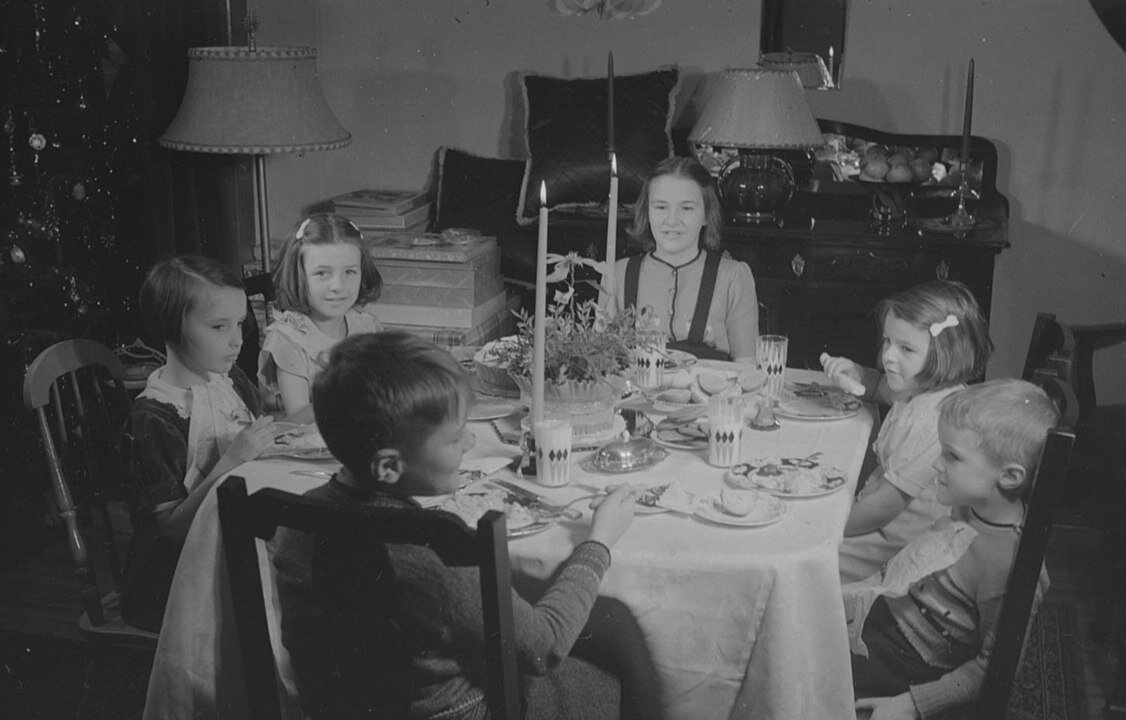How to Film your Parents/Grandparents on a Smart Phone or tablet
/How to Film your Parents on a SmartPhone
Family history is not just a set of dates or a stack of posed photographs; it includes family memories, filmed or photographed or otherwise, that need to be preserved for future generations. If people don't share their knowledge of family history or their personal family memories, then that knowledge is lost forever. Thankfully, it is easier than ever to film family memories using a device that most people have in today's modern world: a smartphone. The following guide will help you learn how to properly film your parents or grandparents using your smartphone in order to learn more about family history and preserve it.
Step One: Prepare your smartphone
First, you will need to have a smartphone with a camera. Almost all modern smartphones have cameras. For best results, use a phone with a high-quality camera that has at least 10 MP. Don't forget that you will want to film horizontally!
Step Two: Arrange the lighting
Lighting can really make a difference in video quality. If you can, make sure to film during the mid-morning or late afternoon when there is softer natural light available. For best results, have the family member being interviewed sit facing a window, and film with your smartphone in between the family member and window.
Step Three: Make sure your sound will be clear
Sound will be key to preserving what your family member has to say, so take the time to make sure the sound quality will be excellent. For best results, purchase an inexpensive Lavalier microphone that is compatible with your smartphone. Also, make sure that all windows nearby are closed and that anything which creates ambient noise--such as fans, TVs, etc.--is turned off.
Step Four: Find a way to keep the camera steady
It will be nearly impossible to keep the phone steady during filming, so you will need to find something to keep your phone in a stable position. A tripod stand, phone stand, or even a stack of books will help keep your phone steady.
Step Five: Set the "stage" to look nice
You will likely be sharing this video with family members or preserving it for future generations, to you'll want the "stage" or area where the family member is being filmed to look nice. Choose a clutter-free area of the home to film and make sure the area is clean and tidy to avoid distractions from mess, dirt, or clutter.
Step Six: Frame your shot well
The final step is to make sure that your shot is well-framed. Have the family member being interviewed sit in a comfortable chair and position your smartphone so that they take up about 1/3 of the screen, as this will put them in focus while maintaining an aesthetically pleasing ratio. Remember before you start filming to ask the person being interviewed to leave a pause between your question and their answer, in case you need to edit.
With the above guidelines in mind, filming your parents or grandparents using your smartphone will be much easier!
If you prefer we could make an affordable and professional documentary, about you or your family. Get in touch today!
At Silver Screen Family we make films of your elders so that they can be remembered forever! Imagine if you could hear your grandfather laugh in 40 years’ time. To listen to him talk about how he met your grandmother? About what his schooldays were like? Who his best friend was? Giving your children advice?
We make affordable family documentaries so families’ can remember their loved ones forever.


































































